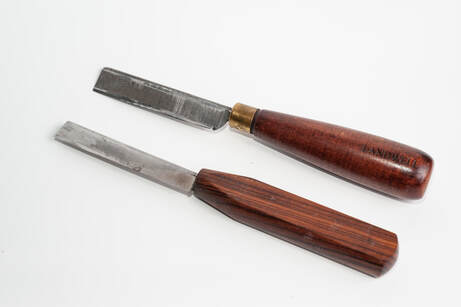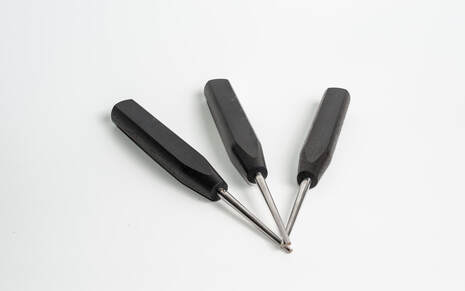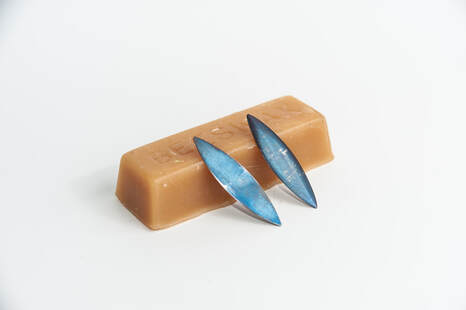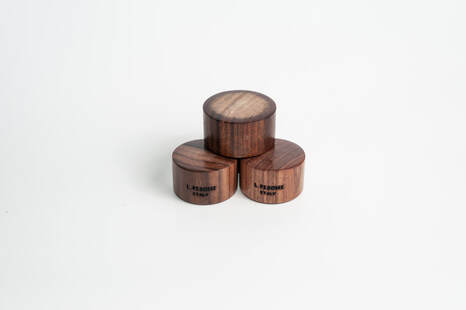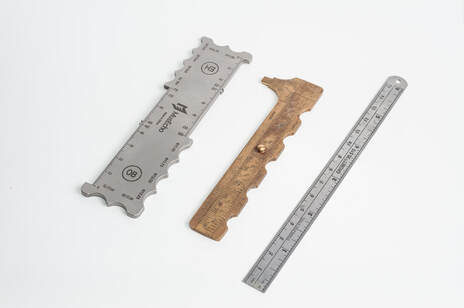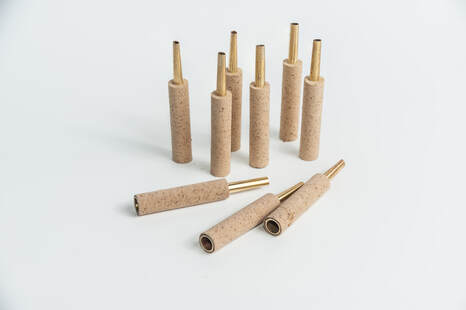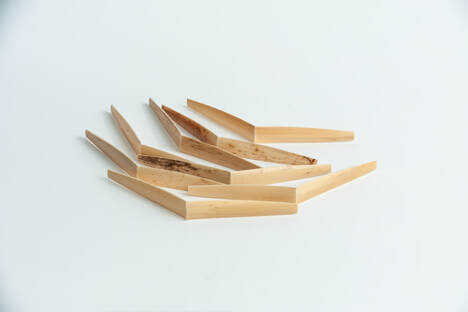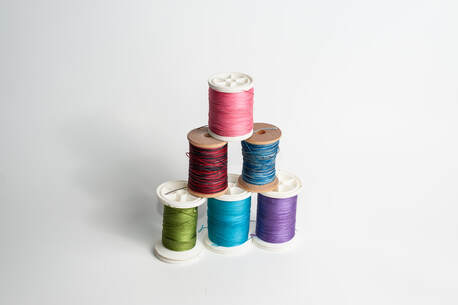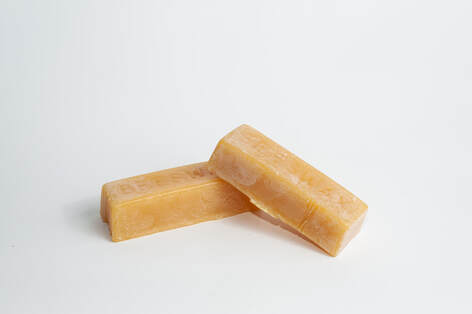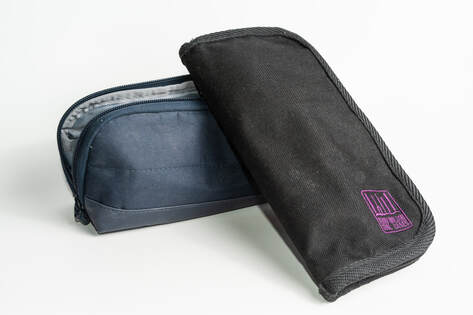Recommended Reed Tools
Many beginning reed makers (and their parents) find the process of searching for proper reed tools to be very daunting and filled with anxiety. Many have no idea where to start, and generally purchase a "reed kit." These kits will certainly have all the tools I have listed below, however the tools are not the best quality, and you'll be purchasing new supplies very quickly if the young reed maker continues beyond the beginning stage. Because of this, I have put together below a list of reed tools that are high quality, but exactly what a beginning reed maker needs to be successful.
Reed Knife
|
Mandrel
|
Plaque
|
Cutting Block
|
Ruler
|
Staples
|
Cane
|
Thread
|
Beeswax
|
Tool pouch
|
Photos by Taylor Buxbaum
